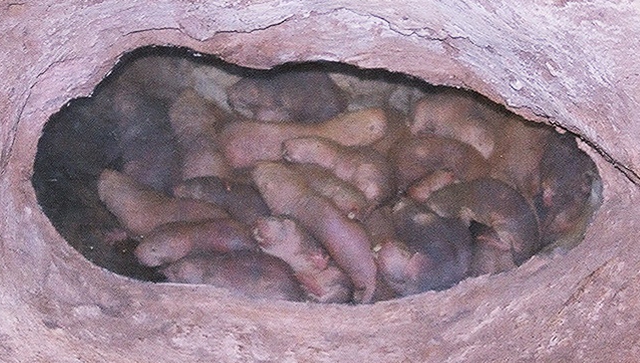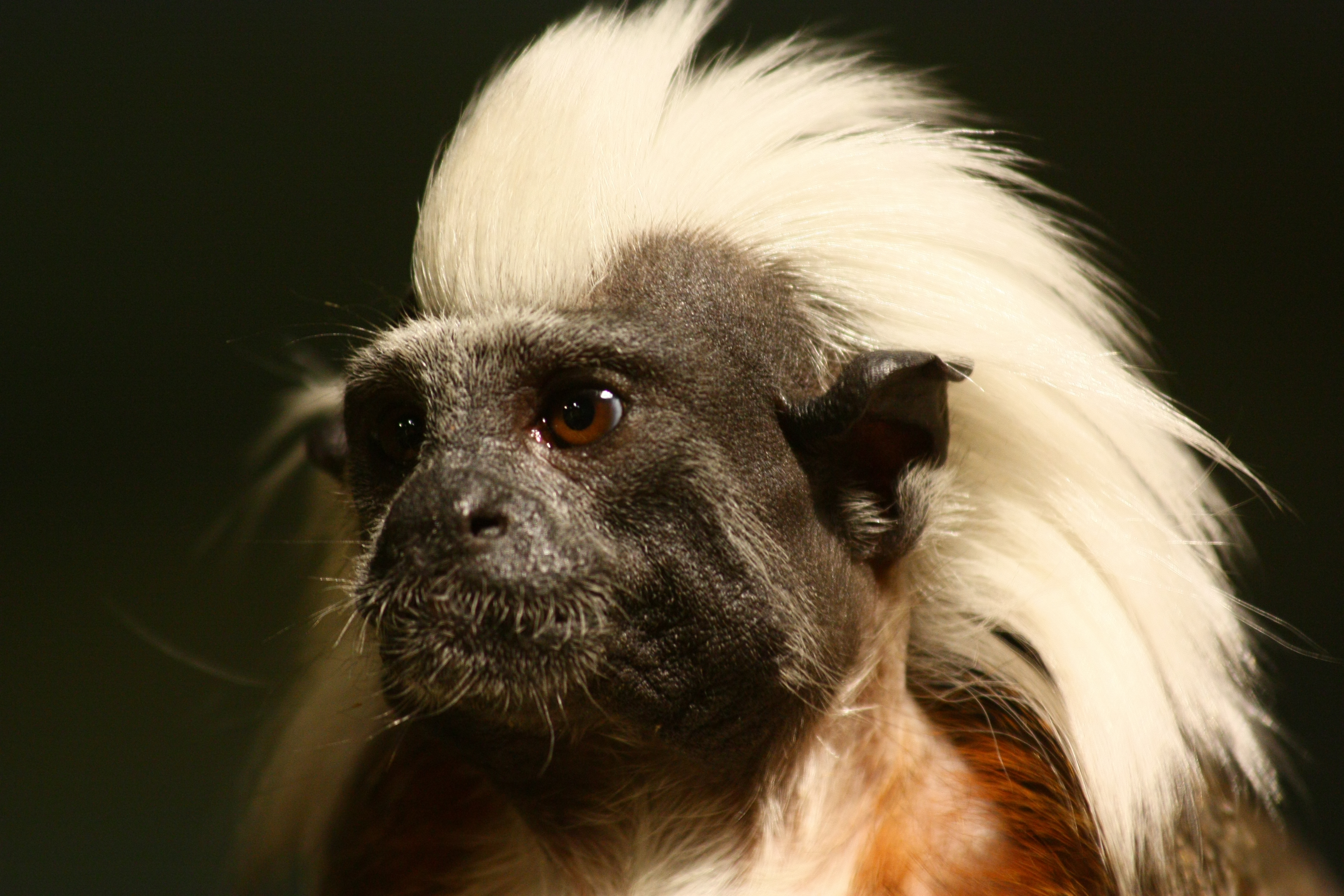|
Liberty Science Center
Liberty Science Center is an interactive science museum and learning center located in Liberty State Park in Jersey City, New Jersey, United States. At its opening it was the largest such planetarium in the Western Hemisphere and the world's fourth largest. The center, which first opened in 1993 as New Jersey's first major state science museum, has science exhibits, numerous educational resources, and the original ''Hoberman sphere'', a silver, computer-driven engineering artwork designed by Chuck Hoberman. History Liberty Science Center completed a 22-month, $109 million expansion and renewal project on July 19, 2007.Kitta MacPherson. "Innovation & Inspiration", ''The Star-Ledger'', October 4, 2006. The expansion added to the facility, bringing it to nearly . In December 2017, the Science Center opened the Jennifer Chalsty Planetarium, a 400-seat facility with a dome in diameter and an diameter screen, named for the benefactor who contributed $5 million towards the co ... [...More Info...] [...Related Items...] OR: [Wikipedia] [Google] [Baidu] |
Liberty State Park
Liberty State Park (LSP) is a park in the U.S. state of New Jersey, located on Upper New York Bay in Jersey City, New Jersey, Jersey City opposite Liberty Island and Ellis Island. The park opened in 1976 to coincide with United States Bicentennial, bicentennial celebrations and is operated and maintained by the New Jersey Division of Parks and Forestry. Liberty State Park covers . The main part of the park is bordered by water on three sides: on the north by the Morris Canal Big Basin and on the south and east by Upper New York Bay. The New Jersey Turnpike#Extensions, New Jersey Turnpike Newark Bay Extension (Interstate 78 in New Jersey, I-78) marks its western perimeter. Geography Communipaw Cove is part of the state nature preserve in the park and is one of the few remaining tidal marsh, tidal salt marshes along the New York Harbor, Hudson River estuary. The Interpretive Center, designed by architect Michael Graves, is part of the preserve. To the west lies the Interior Natu ... [...More Info...] [...Related Items...] OR: [Wikipedia] [Google] [Baidu] |
Rose Center For Earth And Space
The Rose Center for Earth and Space is a part of the American Museum of Natural History in New York City. The Center's complete name is The Frederick Phineas and Sandra Priest Rose Center for Earth and Space. The main entrance is located on the northern side of the museum on 81st Street near Central Park West in Manhattan's Upper West Side. Completed in 2000, it includes the new Hayden Planetarium, the original of which was opened in 1935 and closed in 1997. Neil deGrasse Tyson is its first and, , only director. History The center is an extensive reworking of the former Hayden Planetarium, whose first projector, dedicated in 1935, had 2 successors previous to the current one. The original Hayden Planetarium was founded in 1933 with a donation by philanthropist Charles Hayden. In 1935, the Hayden Planetarium, designed by architects Trowbridge & Livingston, opened, after its construction was funded by a $650,000 loan from the Reconstruction Finance Corporation and a $150,000 dona ... [...More Info...] [...Related Items...] OR: [Wikipedia] [Google] [Baidu] |
Traveling Exhibition
A travelling exhibition, also referred to as a "travelling exhibit" or a "touring exhibition", is a type of exhibition that is presented at more than one venue. Temporary exhibitions can bring together objects that might be dispersed among several collections, to reconstruct an original context such as an artist’s career or a patron's collection, or to propose connections - perhaps the result of recent research - which give new insights or a different way of understanding items in museum collections. The whole exhibition, usually with associated services, including insurance, shipping, storage, conservation, mounting, set up, etc., can then be loaned to one or more venues to lengthen the life of the exhibition and to allow the widest possible audiences - regionally, nationally or internationally - to experience these objects and the stories they contain. Such collaborations can add interest to museums where displays of permanent collections might change only slowly, helping to ... [...More Info...] [...Related Items...] OR: [Wikipedia] [Google] [Baidu] |
Beyond Rubik's Cube VIP Opening At Liberty Science Center Podium Photo
Beyond may refer to: Arts, entertainment, and media Films * ''Beyond'' (1921 film), an American silent film * ''Beyond'' (2000 film), a Danish film directed by Åke Sandgren, OT: ''Dykkerne'' * ''Beyond'' (2010 film), a Swedish film directed by Pernilla August, OT: ''Svinalängorna'' * ''Beyond'' (2012 film), an American thriller directed by Josef Rusnak * ''Beyond'' (2014 film), a British science fiction film * "Beyond" (''The Animatrix''), a segment of the short-film collection ''The Animatrix'' *''Star Trek Beyond'', a 2016 American science fiction film in the ''Star Trek'' film franchise Games *Beyond Games, a U.S. video game developer founded in 1992 *Beyond Software, a 1980s UK video game developer *'' Beyond: Two Souls'', a video game for the PlayStation 3, developed by Quantic Dream *''Beyond the Supernatural'', a 1980s role-playing game *Stormfront Studios, a U.S. video game developer originally named Beyond Software 1988–1991 Literature * ''Beyond'' (book), a 201 ... [...More Info...] [...Related Items...] OR: [Wikipedia] [Google] [Baidu] |
Leaf Cutter Ants
Leafcutter ants, a non-generic name, are any of 47 species of leaf-chewing ants belonging to the two genera '' Atta'' and ''Acromyrmex''. These species of tropical, fungus-growing ants are all endemic to South and Central America, Mexico, and parts of the southern United States.. Leafcutter ants can carry twenty times their body weight and cut and process fresh vegetation (leaves, flowers, and grasses) to serve as the nutritional substrate for their fungal cultivates. ''Acromyrmex'' and ''Atta'' ants have much in common anatomically; however, the two can be identified by their external differences. ''Atta'' ants have three pairs of spines and a smooth exoskeleton on the upper surface of the thorax, while ''Acromyrmex'' ants have four pairs and a rough exoskeleton. The exoskeleton itself is covered in a thin layer of mineral coating, composed of rhombohedral crystals that are generated by the ants. Next to humans, leafcutter ants form some of the largest and most complex anima ... [...More Info...] [...Related Items...] OR: [Wikipedia] [Google] [Baidu] |
Naked Mole-rats
The naked mole-rat (''Heterocephalus glaber''), also known as the sand puppy, is a burrowing rodent native to the Horn of Africa and parts of Kenya, notably in Somali regions. It is closely related to the blesmols and is the only species in the genus ''Heterocephalus''. The naked mole-rat exhibits a highly unusual set of physiological and behavioral traits that allow it to thrive in a harsh underground environment; most notably its being the only mammalian thermoconformer with an almost entirely ectothermic (cold-blooded) form of body temperature regulation, as well as exhibiting a complex social structure split between reproductive and non-reproductive castes, making it and the closely-related Damaraland mole-rat (''Fukomys damarensis'') the only widely recognized examples of eusociality (the highest classification of sociality) in mammals. The naked mole-rat lacks pain sensitivity in its skin, and has very low metabolic and respiratory rates. It is also remarkable for its l ... [...More Info...] [...Related Items...] OR: [Wikipedia] [Google] [Baidu] |
Eusocial
Eusociality (from Greek εὖ ''eu'' "good" and social), the highest level of organization of sociality, is defined by the following characteristics: cooperative brood care (including care of offspring from other individuals), overlapping generations within a colony of adults, and a division of labor into reproductive and non-reproductive groups. The division of labor creates specialized behavioral groups within an animal society which are sometimes referred to as 'castes'. Eusociality is distinguished from all other social systems because individuals of at least one caste usually lose the ability to perform at least one behavior characteristic of individuals in another caste. Eusocial colonies can be viewed as superorganisms. Eusociality exists in certain insects, crustaceans, and mammals. It is mostly observed and studied in the Hymenoptera (ants, bees, and wasps) and in Blattodea (termites). A colony has caste differences: queens and reproductive males take the roles of the so ... [...More Info...] [...Related Items...] OR: [Wikipedia] [Google] [Baidu] |
Poison Dart Frogs
Poison dart frog (also known as dart-poison frog, poison frog or formerly known as poison arrow frog) is the common name of a group of frogs in the family Dendrobatidae which are native to tropical Central and South America. These species are diurnal and often have brightly colored bodies. This bright coloration is correlated with the toxicity of the species, making them aposematic. Some species of the family Dendrobatidae exhibit extremely bright coloration along with high toxicity, while others have cryptic coloration with minimal to no amount of observed toxicity. The species that have great toxicity derive this feature from their diet of ants, mites and termites. However, other species that exhibit cryptic coloration, and low to no amounts of toxicity, eat a much larger variety of prey. Many species of this family are threatened due to human infrastructure encroaching on their habitats. These amphibians are often called "dart frogs" due to the Native Americans' use of the ... [...More Info...] [...Related Items...] OR: [Wikipedia] [Google] [Baidu] |
Cotton-top Tamarins
The cotton-top tamarin (''Saguinus oedipus'') is a small New World monkey weighing less than . This New World monkey can live up to 24 years, but most of them die by 13 years. One of the smallest primates, the cotton-top tamarin is easily recognized by the long, white sagittal crest extending from its forehead to its shoulders. The species is found in tropical forest edges and secondary forests in northwestern Colombia, where it is arboreal and diurnal. Its diet includes insects and plant exudates, and it is an important seed disperser in the tropical ecosystem. The cotton-top tamarin displays a wide variety of social behaviors. In particular, groups form a clear dominance hierarchy where only dominant pairs breed. The female normally gives birth to twins and uses pheromones to prevent other females in the group from breeding. These tamarins have been extensively studied for their high level of cooperative care, as well as altruistic and spiteful behaviors. Communication betwe ... [...More Info...] [...Related Items...] OR: [Wikipedia] [Google] [Baidu] |
Puffer Fish
Tetraodontidae is a family of primarily marine and estuarine fish of the order Tetraodontiformes. The family includes many familiar species variously called pufferfish, puffers, balloonfish, blowfish, blowies, bubblefish, globefish, swellfish, toadfish, toadies, toadle, honey toads, Haaris Anwar fish, sugar toads, and sea squab. They are morphologically similar to the closely related porcupinefish, which have large external spines (unlike the thinner, hidden spines of the Tetraodontidae, which are only visible when the fish have puffed up). The scientific name refers to the four large teeth, fused into an upper and lower plate, which are used for crushing the hard shells of crustaceans and mollusks, their natural prey. The majority of pufferfish species are toxic and some are among the most poisonous vertebrates in the world. In certain species, the internal organs, such as the liver, and sometimes the skin, contain tetrodotoxin, and are highly toxic to most animals when ea ... [...More Info...] [...Related Items...] OR: [Wikipedia] [Google] [Baidu] |
Viperidae
The Viperidae (vipers) are a family of snakes found in most parts of the world, except for Antarctica, Australia, Hawaii, Madagascar, and various other isolated islands. They are venomous and have long (relative to non-vipers), hinged fangs that permit deep penetration and injection of their venom. Four subfamilies are currently recognized. They are also known as viperids. The name "viper" is derived from the Latin word ''vipera'', -''ae'', also meaning viper, possibly from ''vivus'' ("living") and ''parere'' ("to beget"), referring to the trait viviparity (giving live birth) common in vipers like most of the species of Boidae. Description All viperids have a pair of relatively long solenoglyphous (hollow) fangs that are used to inject venom from glands located towards the rear of the upper jaws, just behind the eyes. Each of the two fangs is at the front of the mouth on a short maxillary bone that can rotate back and forth. When not in use, the fangs fold back against the ro ... [...More Info...] [...Related Items...] OR: [Wikipedia] [Google] [Baidu] |
Prey
Predation is a biological interaction where one organism, the predator, kills and eats another organism, its prey. It is one of a family of common feeding behaviours that includes parasitism and micropredation (which usually do not kill the host) and parasitoidism (which always does, eventually). It is distinct from scavenging on dead prey, though many predators also scavenge; it overlaps with herbivory, as seed predators and destructive frugivores are predators. Predators may actively search for or pursue prey or wait for it, often concealed. When prey is detected, the predator assesses whether to attack it. This may involve ambush or pursuit predation, sometimes after stalking the prey. If the attack is successful, the predator kills the prey, removes any inedible parts like the shell or spines, and eats it. Predators are adapted and often highly specialized for hunting, with acute senses such as vision, hearing, or smell. Many predatory animals, both vertebrate and inv ... [...More Info...] [...Related Items...] OR: [Wikipedia] [Google] [Baidu] |









_with_its_prey.jpg)